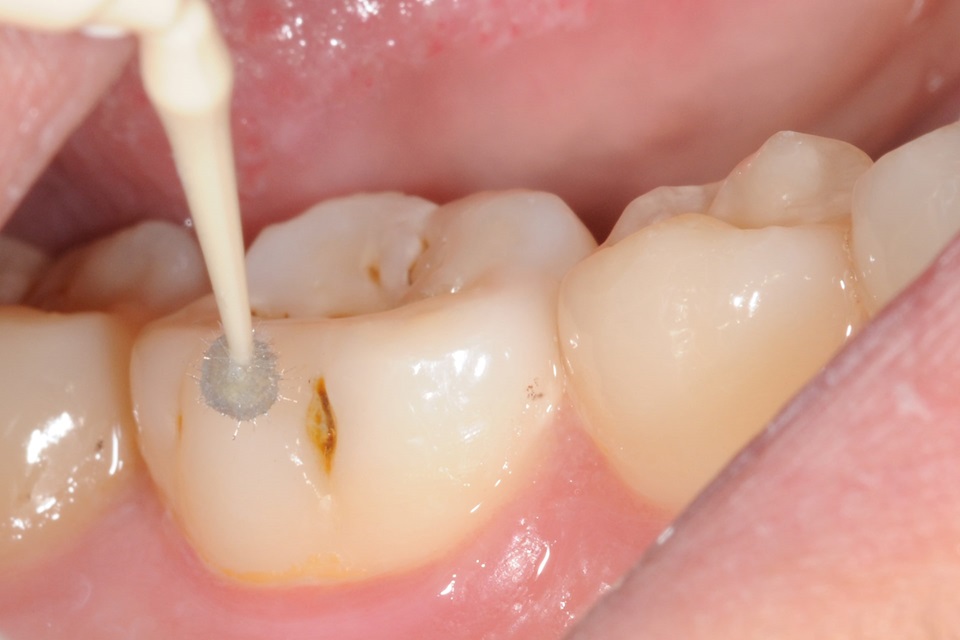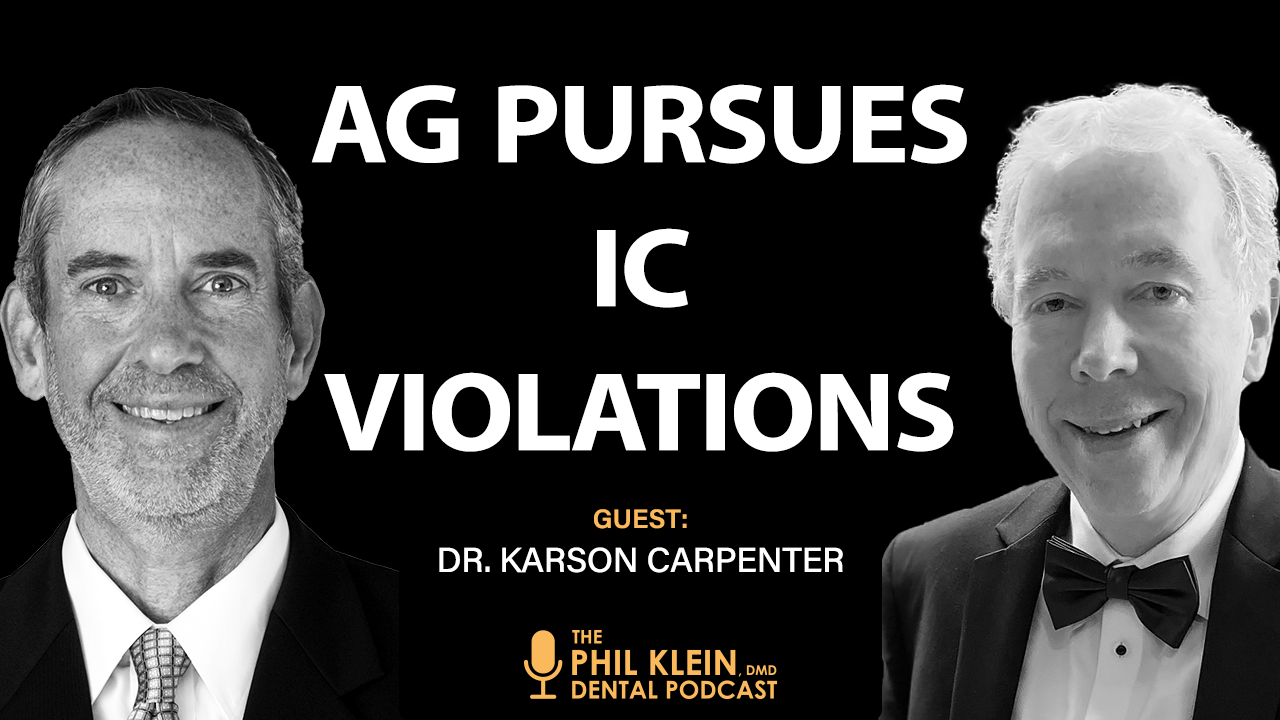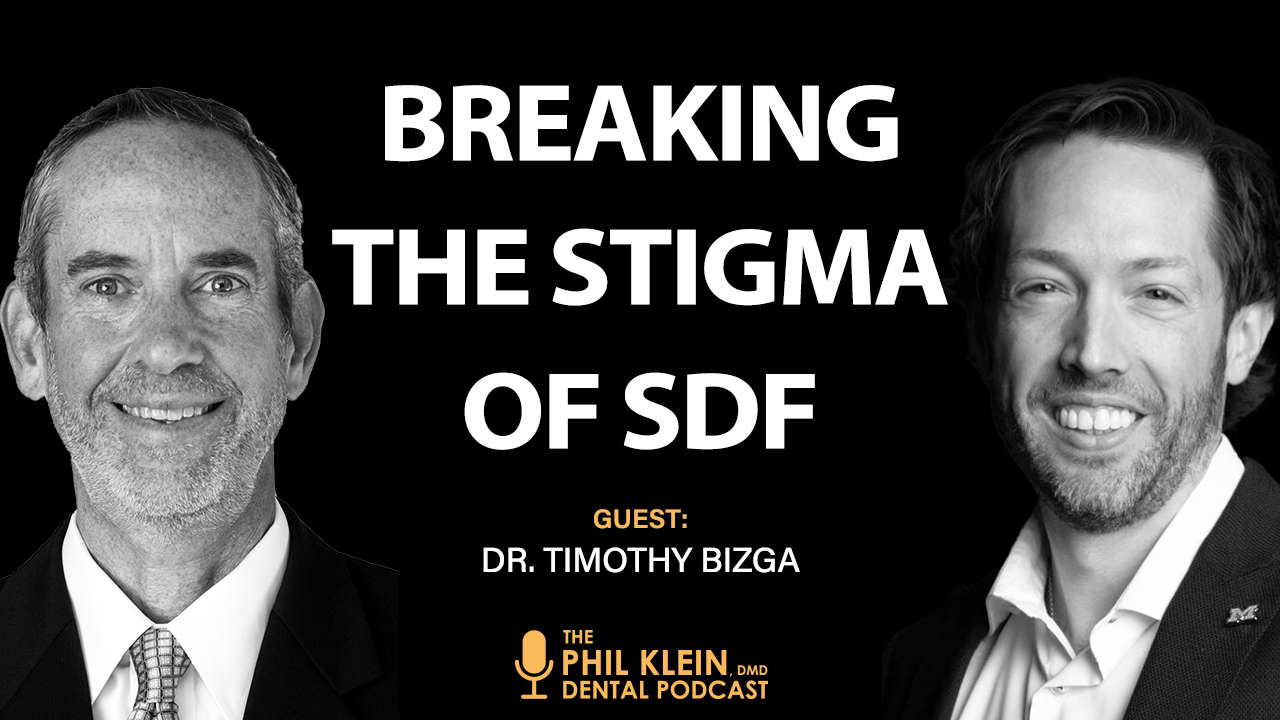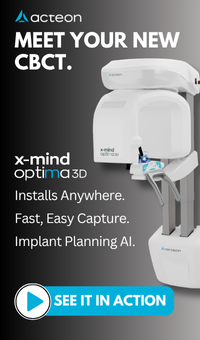
The Most Minimally Invasive Way to Treat Decay

Did you know that combining silver diamine fluoride (SDF) with
the application of glass ionomer can be a long-term solution for
restoring a badly decayed tooth to its full strength and glory? And that this
can be accomplished with no anesthesia or rotary instrumentation?
Although it may sound far-fetched, Dr. John Frachella, a pediatric dentist who
lectures at the NYU Dental School and has worked in both private and public
settings, has been doing it successfully for the past 50 years!
Combining SDF and glass ionomer treats caries as a bacterial disease
The underlying reason why Dr. Frachella believes that the first line of treatment for decayed teeth should be a combination of SDF and glass ionomer is that caries, foundationally, is a bacterial disease that is caused by specific bacteria.
As Dr. Frachella explains, SDF is a medicine that provides the selective killing of bacteria that is needed to address this bacterial disease. SDF is used in combination with glass ionomer, which is both a medicine and a restorative treatment. The two materials work together synergistically.
“SDF is a topical,” Dr. Frachella reports, “that gets into
the very lesion itself and arrests it, stops it. It puts out the fire so that,
if indicated, we can go in afterwards, after we’ve controlled the bacteria, and
do restorations.”
Benefits of using SDF plus glass ionomer to treat caries
This approach is called a “SMART” filling: Silver Modified Atraumatic Restorative Treatment. A SMART filling…
· Conserves tooth structure. It is an
extremely minimally-invasive approach.
· Does not require anesthesia. This
is because the SDF instantly desensitizes the tooth and because a handpiece is
not used to remove the decay.
· Allows for minimal or no excavation. With
this approach you only remove some of the decay, while leaving an insulator
layer over the nerves on the inside.
· Is easy to do. Plus,
it is a comfortable procedure for your patient.
· Can be billed as a MOD composite. The
ADA’s code book classifies glass ionomer as a composite, so billing is not a
problem.
· Provides a higher standard of care. You
get less recurrent decay and the glass ionomer is an effective restorative
material that can last for many years, often outlasting composite resin
restorations.
Busting the myths surrounding the use of SDF plus glass ionomer to treat caries
Many dentists believe that the best approach to treating caries is with traditional “drill and fill” dentistry, and that SDF should be reserved for pediatric patients or for those who are homebound or non-ambulatory and cannot get to the office. Others see SDF as strictly an interim procedure to be used while the “definitive treatment” is being planned and accepted.
Dr. Frachella feels very strongly that these are both
misconceptions.
“We have a bacterial disease,” he emphasizes. “What disease with a bacterial
foundation in the human body do you treat surgically first in any patient
regardless of age? You don’t. What you do is you apply some antibacterials in
whatever way, shape and form. Surgery would be your last resort.” SDF is that
antibacterial.
To those who see this as strictly an interim procedure, Dr. Frachella points out that, “First and foremost, there’s no such thing as ‘definitive dentistry.’ No restoration is definitive. All restorations are interim, and some are more temporary than others. Glass ionomer on top of the silver diamine fluoride has been proven in many studies to last as long or longer than resin composite, because resin composite is not a medicine.”
“The minerals that are in SDF,” he continues, “and the
minerals that are in glass ionomer, are exactly the same minerals that were in
a virgin tooth. Now, when you put those two together, and then you leave them
through the maturation phase three, four, five years later, we’ve proven that
they fuse together through a zone of chemical fusion. With the glass ionomer
and the dentin and the enamel, and they all become one. Not micro-mechanically
locked, but chemically fused, and that tooth is actually stronger than a virgin
tooth before it became decayed.”
[blogad]
How to use SDF plus glass ionomer to treat caries
The best way to approach this treatment depends on what patient population you are treating. If you are working in the public health setting where you are not likely to see that patient again, you need to get everything placed in one visit. If you are working in a private practice with a compliant patient, the better approach is to space things out over time.
One caveat: Be aware that the SDF will stain the lesion. If
staining is an issue, such as on an anterior tooth, you may want to use just
glass ionomer. For posterior teeth, the glass ionomer, which is more opaque
than traditional composite resin, will do an adequate job of masking the stain.
Steps to take for single-sitting treatment
1. Dry the tooth. Take
the saliva and polysaccharides out of there.
2. Apply the SDF. “Think
of the decay as a sponge,” says Dr. Frachella. “We want that SDF to penetrate
through the sponge to the floor of the lesion.”
3. Excavate some of the decay,
leaving some over the pulp chamber.
“When I went to dental school,” Dr. Frachella shares, “we were taught that we
need to remove all of that [decay] down to the white hard dentin. That’s wrong.
And the reason for that is that leathery material can be remineralized. There
is no stage at which it can’t be remineralized. How do we remineralize it? With
SDF and glass ionomer working together. Those two medicines put the materials
back into the tooth that were lost in the decay process in the first place. It’s
the exact same minerals."
4. Dry the tooth.
5. Reapply the SDF. Leave
it moist (not too wet and not too dry), because the glass ionomer likes
moisture.
6. Apply the glass ionomer.
7. Apply a fluoride varnish. This
allows the glass ionomer to begin its initial set phase, which is the
cross-linking phase, without being influenced by too much moisture.
Steps to take for multiple-sitting treatment
Appointment #1:
1. Implement steps 1 through 5 as above.
2. Apply a fluoride varnish. In
this situation, the fluoride varnish will mask the metallic taste of the SDF
and form a seal over it so that it is not immediately diluted by the patient’s
saliva.
Appointment #2, one to four weeks later:
1. Dry
the tooth.
2. Apply
the SDF.
3. Repeat
until you can see that the lesion is black and hard.
4. Dry
the tooth.
5. Reapply
the SDF.
6. Apply
the glass ionomer.
7. Apply a fluoride varnish.
Future appointments over time:
· Keep an eye on the glass ionomer. “I
might have to reapply the glass ionomer every once in a while,” Dr. Frachella
admits, “because it sacrifices itself in the mouth by releasing fluoride and
therefore some material. And so, the outer layer of that glass ionomer is a bit
sacrificial depending on how acidic the mouth is.”
Whether you complete the entire process in one day or over
multiple appointments, be aware that the glass ionomer must mature before it
reaches its full strength. This maturation process can take up to a year.
























